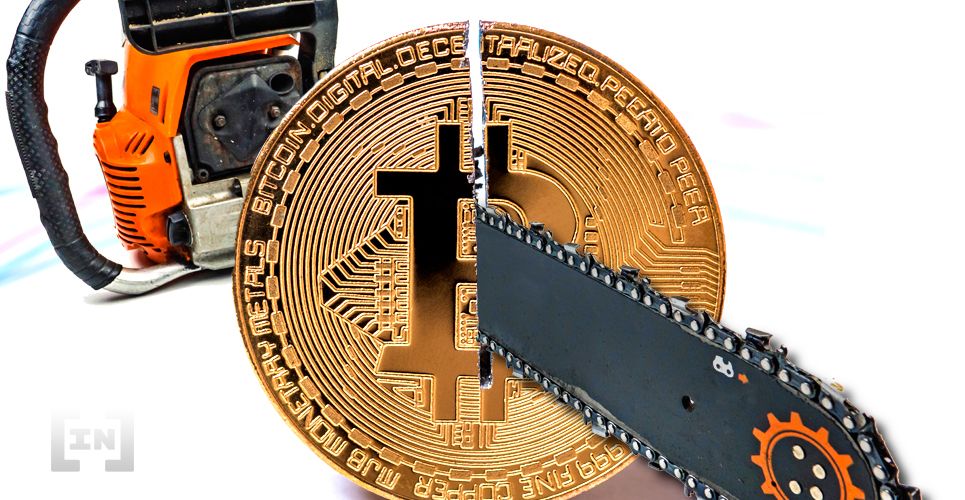Bitcoin halving is when the amount of new bitcoin created and earned by miners is cut in half. This happens approximately every four years and serves to carefully control the distribution of BTC, prevent inflation and other significant roles that make it one of the integral concepts in the cryptocurrency sector.
If you are new to Bitcoin, and the world of crypto, in general, but you want to get more familiar with it — understanding the behavior of Bitcoin’s blockchain is definitely one of the best places to start. There are plenty of aspects to study here, but Bitcoin halving is probably one of the most innovative concepts that the crypto/blockchain industry brought with it.
In This Article:
- What is Bitcoin Halving?
- Why Does Bitcoin Halving Happen?
- Bitcoin Halving Chart – When Did Bitcoin Last Halve?
- How Many Times Will Bitcoin Halve?
- How Does Halving Affect Bitcoin Price?

What is Bitcoin Halving and How Does it Work?
- Bitcoin halving has been around since Satoshi Nakamoto, Bitcoin’s mysterious creator, published a white paper for Bitcoin on October 31st, 2008. This is the document that first presented the concept of digital currency, which later became known as a cryptocurrency, called Bitcoin (BTC).
- The white paper explained what a digital currency would be, what it would look like, and how it would function. Alongside Bitcoin, the white paper also introduced blockchain technology, which has been and still is, the underlying technology of pretty much all cryptos.
- Bitcoin halving emerged as one of the key concepts of the new technology, as a way of preventing inflation and controlling the distribution of new coins. It is closely tied to the concept of crypto mining, where miners would provide their computing power to solve complex mathematical equations, which would also ‘solve’ blocks of Bitcoin’s blockchain. Each block would represent a group of transactions, which would be verified as the block gets solved, and added as a new entry to the digital ledger.
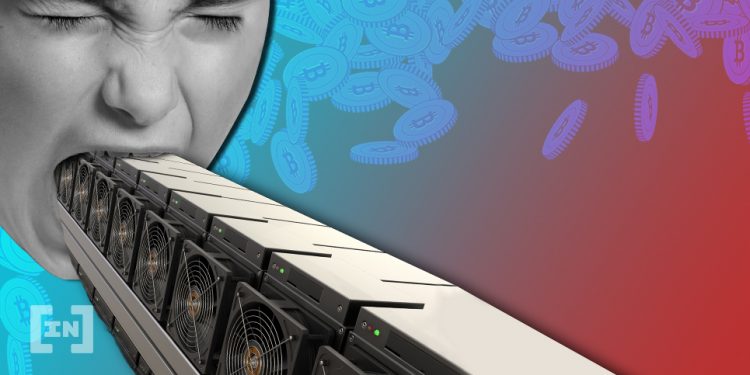
- In return for their efforts, miners would receive a reward in the form of new Bitcoins. However, to prevent inflation, the rewards were designed to get smaller and smaller as the process continues.
- In other words, the project was designed with a process called halving, which happens each time when Bitcoin miners mine 210,000 blocks. Whenever this happens, the block rewards would get cut in half. That way, the number of new coins that are getting released into circulation would gradually drop, allowing the price to slowly rise, while not overflooding the market.
- At the same time, it would provide an incentive for miners for a longer period, as they slowly work towards reaching Bitcoin’s total supply of 21 million coins.

Why Does Bitcoin Halving Happen?
As mentioned, Bitcoin halving serves several purposes:
- Prevents inflation
- Increases the value of BTC
- Gives crypto industry time to mature
Let’s take a deeper look into each of these and see how they helped the coin reach its current status.
1. Prevents Inflation
Bitcoin came as a response to a financial crisis that struck the world in 2008. Back then, the banks once again proved that centralized money managers are unreliable and that they are willing to abuse their power if that would mean that they can make more money for themselves.

As a result, Nakamoto created his own decentralized approach, where he sought to eliminate dangers to the financial industry that were all too common in traditional finances. One such issue is inflation, where centralized authorities would simply print more money when they run out, in order to cover their losses.
Obviously, adding new money to the circulation reduces its value, and that’s when the entire financial industry suffers. We have seen this on multiple occasions, where entire currencies would become worthless. To prevent this, Satoshi designed Bitcoin with a limited supply of 21 million units. This is the absolute maximum, and there will never be more Bitcoins than that in existence.
At the same time, he realized that he needed to create a way to release these coins gradually. This would provide an incentive for miners to keep verifying transactions by giving them a specific number of coins per block as rewards. However, in order to give BTC enough time to evolve and mature, he also designed the rewards to get smaller and smaller, to postpone reaching the 21 millionth coin.
As a result, with each halving, miners would receive lesser rewards, cutting them by half each time. So, if the original reward was 50 BTC per block, after the first halving, the rewards would drop to 25 BTC per block. After the second halving, that would drop further, to 12.5 BTC per block, and so on.
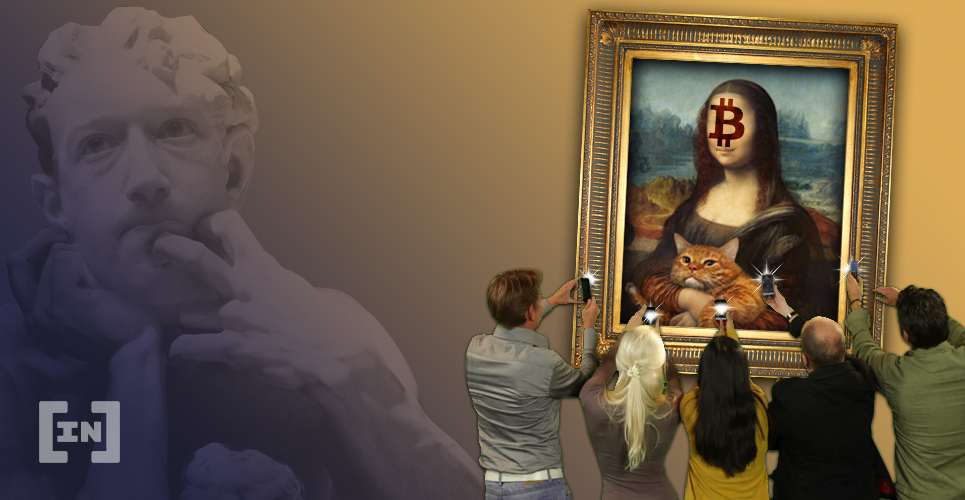
2. Increases the value of BTC
Naturally, Satoshi could not predict when the price of Bitcoin would surge, or what heights it would reach. However, he did expect it to happen, and Bitcoin’s first price came relatively soon after its launch.
Now, as you know, Bitcoin does not have any real-world asset(s) that would back it up and give it value. Instead, its value revolves around its usefulness as a decentralized coin. After Satoshi demonstrated the value of the coin that no centralized authority could control, people realized that there is another way.
They realized that they don’t need banks that could freeze their accounts at any time. They don’t have to rely on trusting the bank not to misuse its power over money. And, most of all, they realized that they don’t have to pay massive fees to have their money transferred.

These are the benefits that are drawing people to Bitcoin, and the more people use it — the more valuable it becomes. Bitcoin value, therefore, changes with what people think of it, and it is only as valuable as it is useful.
But, Satoshi knew that people will need time to get used to the idea of a new currency and that it will take time for that idea to spread. He likely also expected the authorities to try and prevent this from happening, either by discouraging people from using it or by trying to keep it in the shadows.
That meant that Bitcoin needed to be rare, in order for early adopters to not have too much of it so that its value would grow as more people wanted to own it, which is another reason for the halving process to take place. With the circulating supply’s inflow of new coins reducing, each halving would bring a surge in the coin’s price, as supply became lower, and the demand continued to increase. Needless to say, Satoshi was right, and it all worked exactly as planned up to this point.
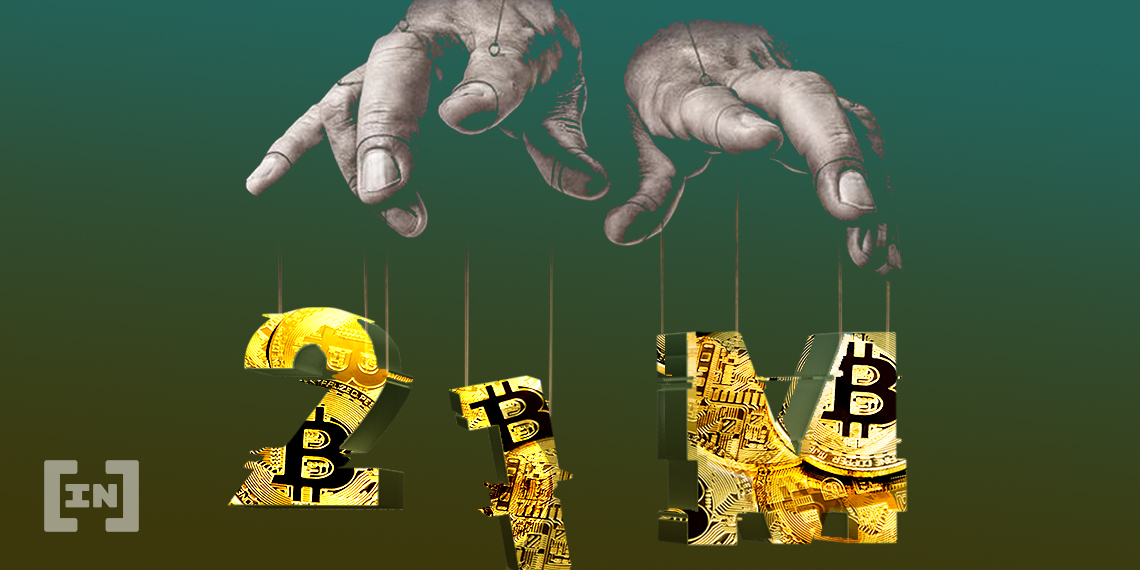
3. Gives crypto industry time to mature
As mentioned earlier, crypto mining can be quite expensive, as it requires a lot of computing power, expensive machines, but also a lot of electricity. Thanks to the design, BTC can be mined by a single miner or a million of them, without much difference. Satoshi ensured this by creating the concept of mining difficulty — an algorithm that reduces or increases difficulty based on the number of miners and the amount of contributed computing power.
This ensures that each block would require 10 minutes to get solved, on average, no matter how much computing power people contributed. Otherwise, more miners would mean more computing power, and more resources would ensure that the blocks would be mined faster. This would allow people to mine all 21 million BTC units much more quickly.
If that were to happen, no one would be interested in continuing the mining process simply to maintain the Bitcoin network, especially not in the early days, when so few people used the coin for making transactions.
So, the Bitcoin halving fulfills its last job, which is to keep the miners interested for long enough for Bitcoin to mature, expand, and attract users. After all the coins are mined, miners would be able to earn profits for their efforts by living off of transaction fees, instead of new coins. But, in order for that to be profitable, Bitcoin needs to enter the mainstream and be used across the world.
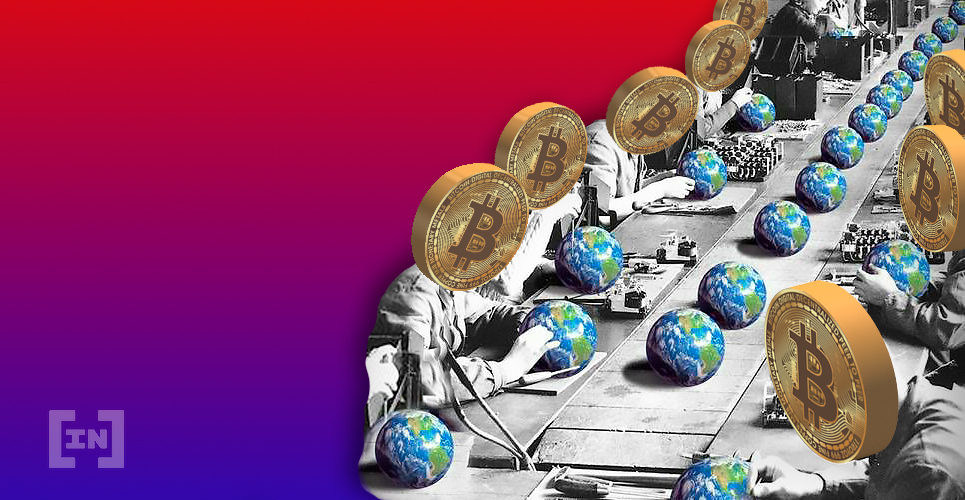
Bitcoin Halving Chart: When did Bitcoin Last Halve?
At the time of writing, Bitcoin is approaching its third halving. It went through this process twice before, and it will do it again in a little more than a month.
Due to the relatively consistent block solving, it is possible to predict with relative accuracy when the Bitcoin halving will happen, Roughly, it takes place every four years, which is the amount of time needed to mine 210,000 blocks, which are being mined around the clock.
This is depicted in the Bitcoin halving chart below.
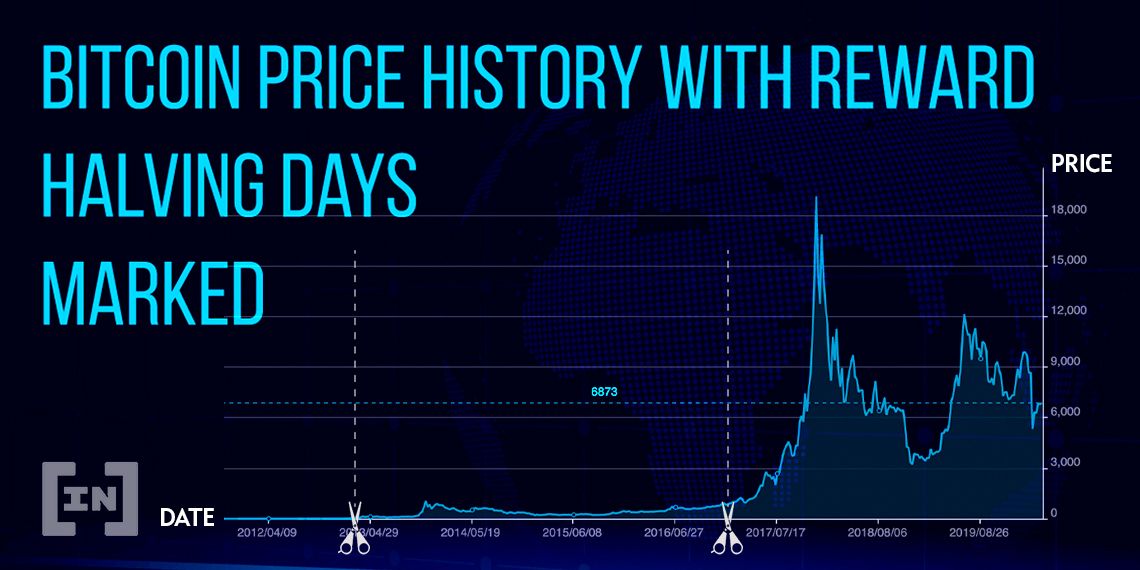
As mentioned, Bitcoin halving occurred twice in the past. The first halving took place on November 29th, 2012, while the second one happened on July 10th, 2016.
How Many Times Will Bitcoin Halve?
The third one is expected to happen around May 13th, 2020, and the one after that will likely happen at some point in 2024. After that, the fifth one will be in 2028, and so on.
Bitcoin halving will actually continue to happen for decades, due to design. The rewards will keep getting smaller and smaller, which means that the project will never actually reach its very last Satoshi (the smallest BTC unit).

Of course, the mining will continue for as long as there is anyone willing to do it, but at some point, the mining rewards will not be worth it anymore. This will not happen for decades, or maybe even more than a century if we assume that BTC will still be around at that point. Some estimates say that mining will continue until the year 2140. But, by that time, the world will be completely transformed by the crypto industry, and solutions for that problem will likely be found, as well.
One solution is to use transaction fees to pay the miners for their efforts, as explained previously. But, the development of BTC and new ideas continue to emerge, so it is entirely possible that a new solution will be invented in due time.
How Does Bitcoin Halving Affect Bitcoin Price?
We briefly mentioned earlier that Bitcoin halving ensures that the coins’ inflow would gradually decrease, while the demand increases over time, with more and more people getting into Bitcoin. This is pretty much the general idea behind Bitcoin halving’s impact on the Bitcoin economy.
However, while it sounds great in theory, you might be wondering if it truly works in practice?
Fortunately, it appears that it does. With 11 years since Bitcoin’s launch and two halvings behind us, we can use this data to assess if Satoshi Nakamoto’s plan actually worked.
1. November 2012 – First Bitcoin Halving
The data from th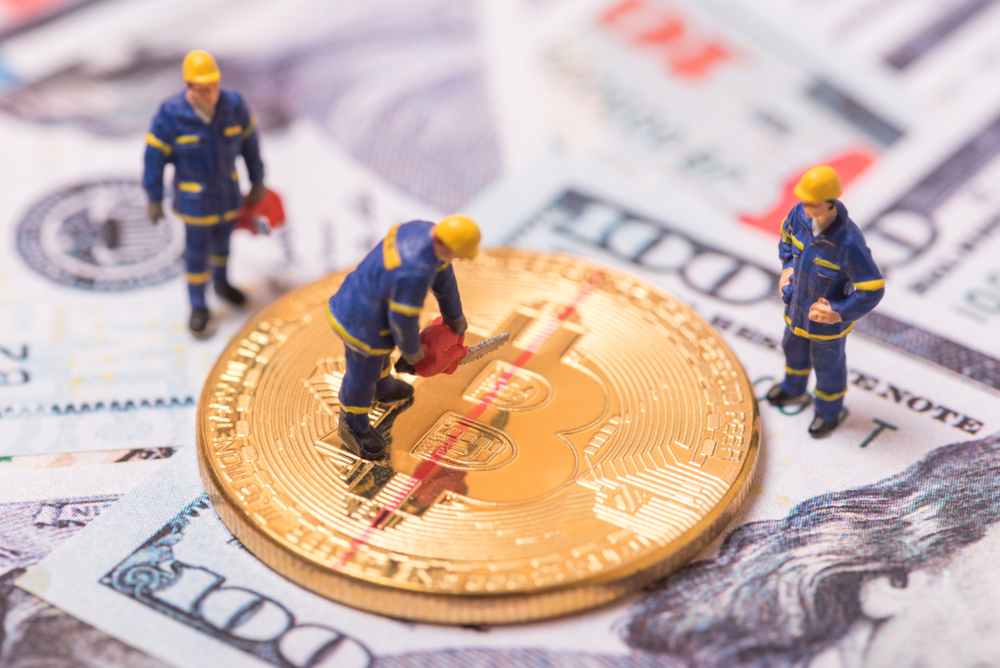 at time is considered mostly unreliable for those who wish to see the real impact that BTC halving may have. The reason for this is that back then, there were only a handful of crypto exchanges available, many of which are closed now.
at time is considered mostly unreliable for those who wish to see the real impact that BTC halving may have. The reason for this is that back then, there were only a handful of crypto exchanges available, many of which are closed now.
Not to mention the fact that it was much more difficult to buy and sell Bitcoin, as depositing money was much harder, and there were fewer traders, so liquidity was barely a fraction of the one we see today.
However, the data we have from those days says that mining did not have any immediate effect on the price. Instead, it took around 11 months for BTC to enter a parabolic rally and see an extended upward momentum. But, after those 11 months, BTC started seeing an incredible transformation.
Its price surged by 7,562%, and it went from $12 at the time of halving to $1,100 around 11 months later. This incredible surge brought a lot of new traders; it led to a greater interest in the crypto industry; it sparked the development of many altcoins that emerged in the following years, and more. However, cryptocurrencies were still largely unknown to most of the world, even after this event.
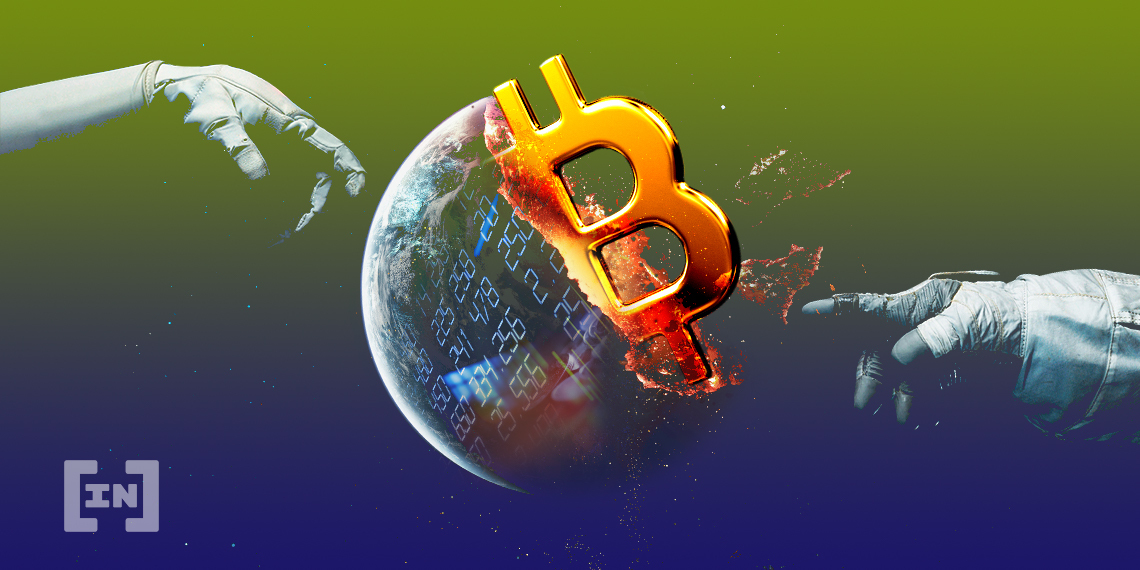
2. July 2016 – Second Bitcoin Halving
By the time this one took place, the BTC price had stabilized from the first halving. It reached its peak at $1,100, and after that, a long period of corrections took place, bringing the price down to $600. This was where it was at the time of the second halving, and 11 months after the event, it started seeing its largest surge to date.
May 2017 (exactly 11 months after the halving) – BTC started growing again in a rally that ended up being its largest one so far, taking the coin’s price to a new all-time high of $20,000 per BTC. The price literally exceeded its former ATH by around 18 times in only a few months, between May 2017 and December 2017.

This time, however, the entire world took notice, and cryptocurrencies finally came out of the shadows. The surge led millions of traders to the crypto industry. Thousands of altcoins were launched, as Bitcoin, being the dominant coin in the crypto industry, caused them all to follow in a surge unlike any before.
This also sped up the development of cryptocurrency in years to come, and now, we are approaching the third halving, which is only weeks away at this point.
If history repeats itself, the next BTC surge might start in April 2021. However, it is also entirely possible that it will happen much sooner than that. With all of the mentioned data available to everyone in crypto history, many are expecting the next surge to come and take BTC to the heights never seen before.
With expectations like that, people might start buying BTC rather quickly, wishing to get rich when the coin finally skyrockets, and in doing so, they could cause the surge themselves.

Conclusion
In the end, Bitcoin is still developing, still attracting users, and still searching for its value. This is likely to continue for years until everyone starts using it. That means years of volatility, uncertainty, and risk. However, it also promises to transform the world and bring decentralized finance which will change the way we use money forever.
It is safe to say that, from all innovating concepts that Bitcoin has brought with it, Bitcoin halving may be the one that allowed the coin to become as large as it is right now. It showed that there is no need for a centralized authority to control the money distribution, nor its creation.
It provided BTC with much-needed time for it to expand and get noticed. Bitcoin halving gave miners the incentive to keep mining the coin by ensuring that not too much of BTC will be released at once, and much more. This is why Bitcoin halving is a key process, and why the upcoming halving will be one of the most important events in Bitcoin’s future, and eventually, its history.
